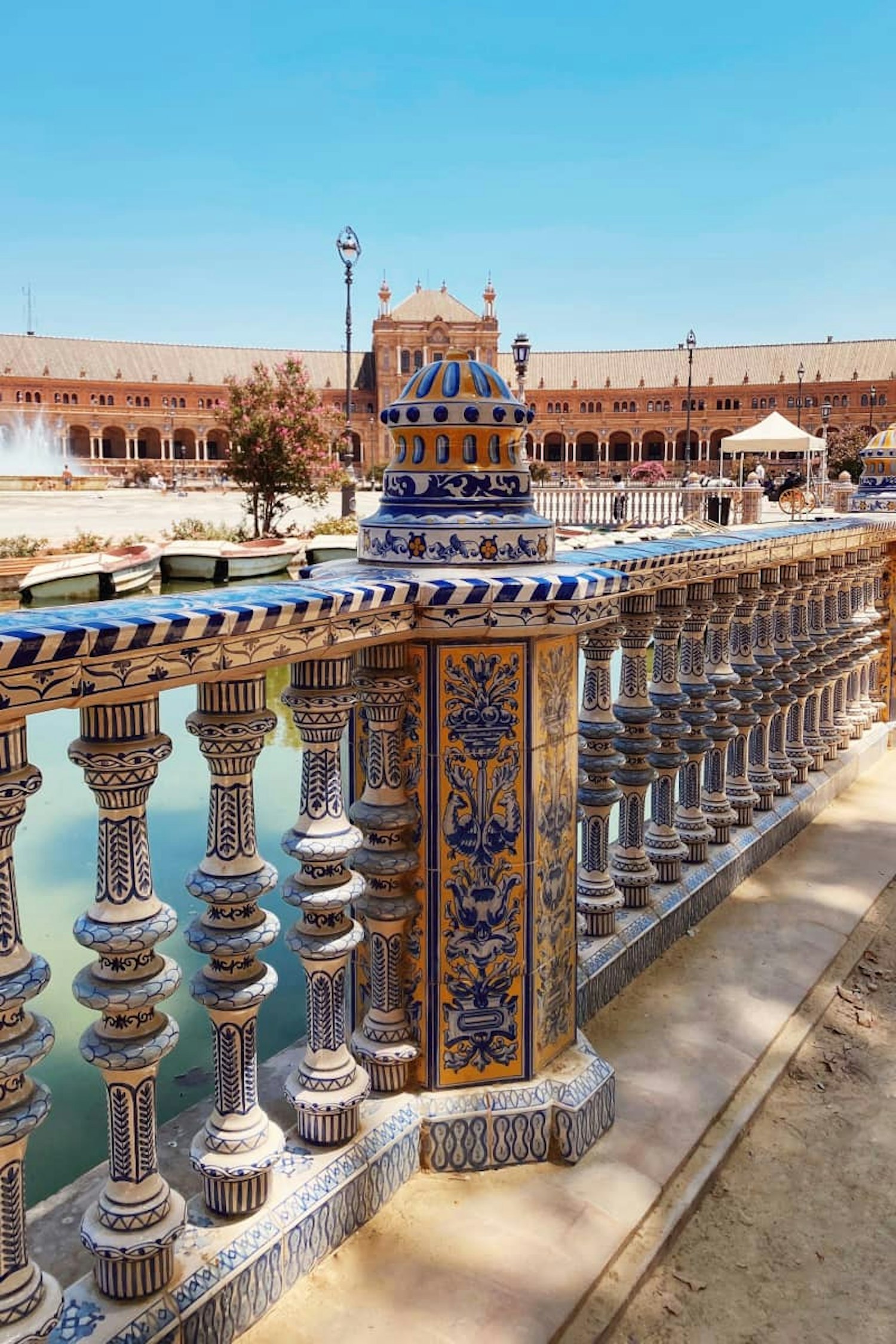Reflections from Seville
Throughout the summer, the Charlton Brown team have been back to travelling far and wide, exploring architectural gems around the world. With so many great images and stories to showcase, we're excited to share some insights and reflections from across the practice, starting with Selina, whose summer travels took her to beautiful Seville:
"This summer has taken me to Andalusia, southern Spain - join me, as we stop at the Moorish capital of Seville, the birthplace of Flamenco, from which much of my appreciation of the craftsmanship of ornamental beauty and surface design stems.
Since studying Owen Jones' 'The Grammar of Ornament' as a student, it has been a dream to finally visit the lands of Andalusia as an architect; where Jones himself had spent six months documenting the decorative patterns of the Alhambra in Granada in the 19th Century.
You could say there isn't one style that defines the essence of Seville. It is loud, vibrant, and knows how to throw a few shapes, as it eloquently expresses its voice - blending its Moorish heritage from North Africa with its Renaissance, Baroque and Spanish counterparts. Drawing on the parallels of the expressive nature that Flamenco brings to the scene, this dynamic energy certainly doesn't hesitate to translate itself across the surfaces of Seville and beyond.
Whilst my eyes were blinded with pleasure from the richly saturated oranges and yellows on every corner, I regularly reflected, "how can you be this beautiful?". I was mesmerised, trying to process the maximalism of contrasting ornamental combinations of mosaic tiles and intricate plasterwork, in the Mudejar courtyard of Patio de Doncellas.
Wherever you walk, you can appreciate the work of craftspeople and thank them for the tactile beauty this brings to our eyes, such as through the Plaza de Espana - a porous, semi-circular configuration of light-filled colonnades against the terracotta plaza. Here, the traditional volumes of arches, stairs and balustrades have been brought into a new colourful dimension using the adornment of different tiles, from hand-painted Azulejo to jewel-like geometric patterns, made up of glazed tiles.
No surface, vertical or horizontal, was ever left untouched by the hands of craftspeople. The street scene is an explosive celebration of a sublime soul within its architecture, which one hopes will remain preserved and protected.
As Owen Jones would say, "Form without colour is like a body without a soul", and I cannot wait to see it again."
